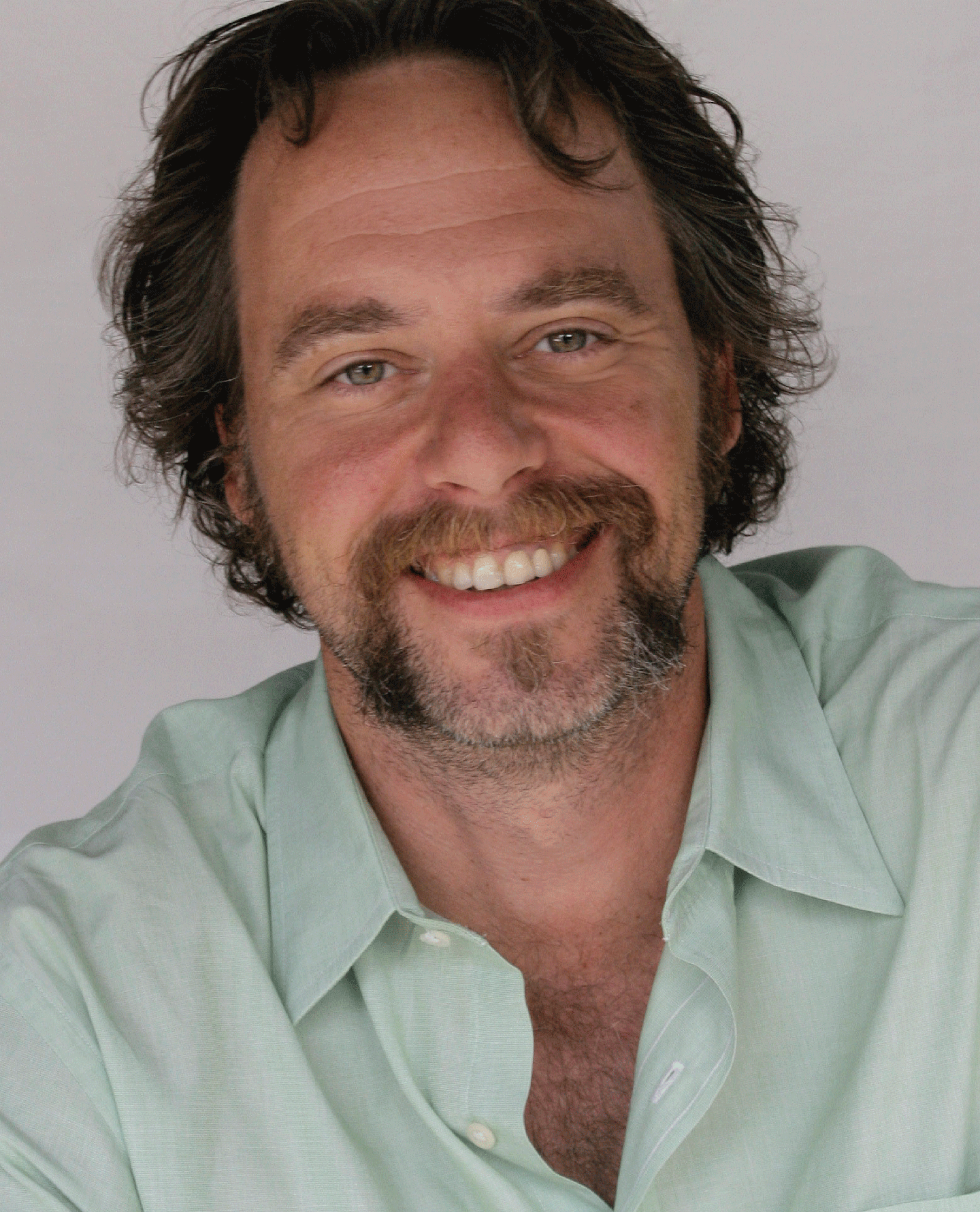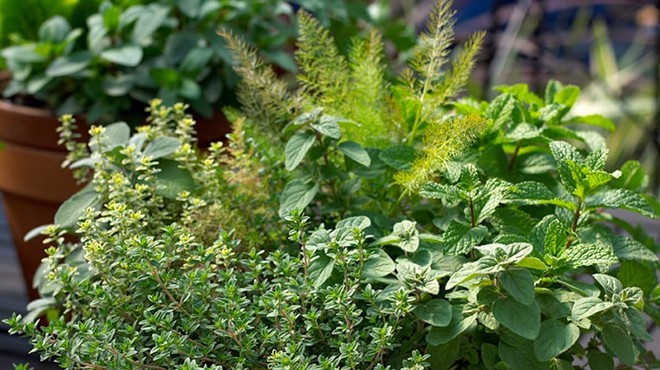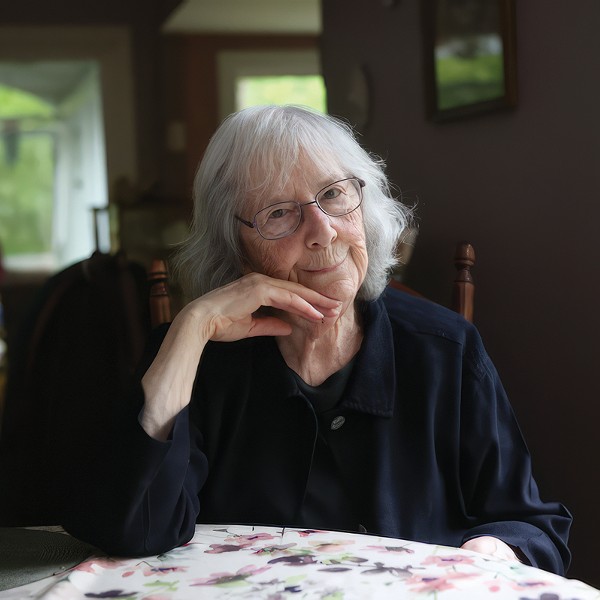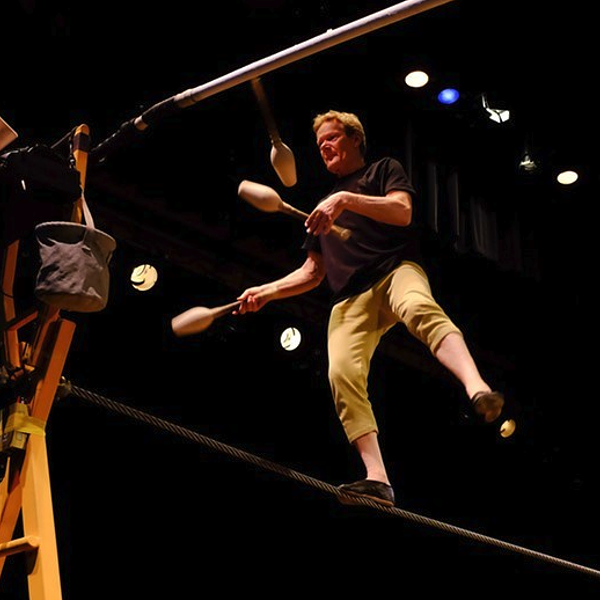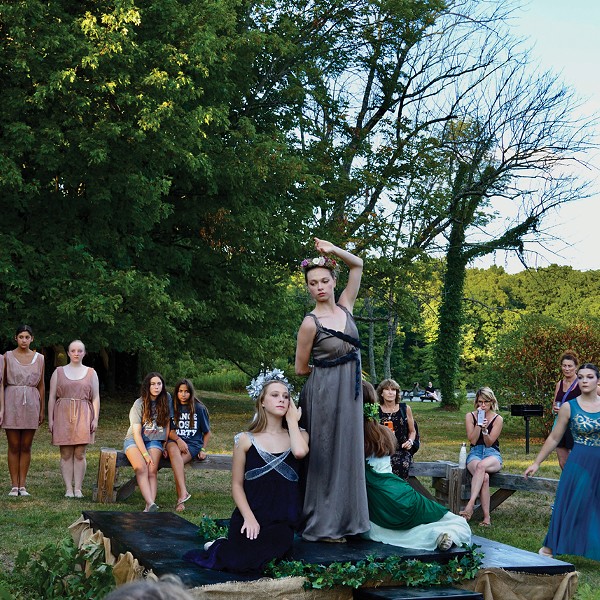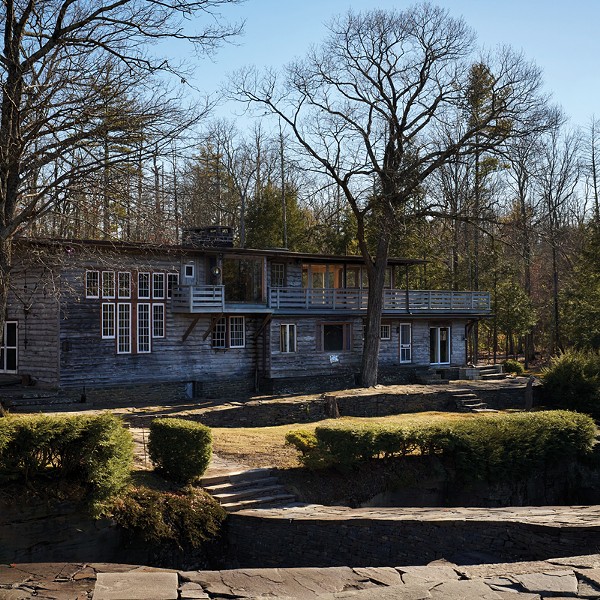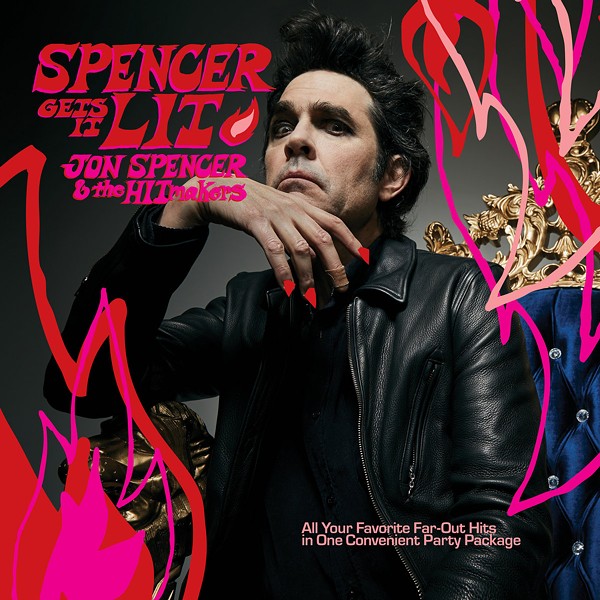If you're at all familiar with Talking Heads—deeper than, say, David Byrne's big suit from Stop Making Sense and "Psycho Killer" and "Take Me to the River"—than you know their song "This Must Be the Place." Aside from being a mellow electronica masterpiece, it's perhaps the only true love song (in the conventional sense of love songs being yearnings for romantic connection) that David Byrne wrote for the Heads. While the lyrics are not Wings-era-Paul-McCartney linear, they do capture the emotional resonance of the feeling of falling in love in their nonsequitordom. To wit: "I'm just an animal looking for a home / Share the same space for a minute or two / And you love me till my heart stops / Love me till I'm dead / Eyes light up / Eyes look through you / Cover up the blank spots / Hit me on the head." Implicit within the reading of "This Must Be the Place" as a straightforward love song is the notion of love as a home, a place to live. As Byrne sings: "I come home / She lifted up her wings / I guess that this must be the place."
I guess that this must be the place. How many of us have had that sense, that feeling of correctness of location, about the Hudson Valley? This feeling of love of place seems especially strong in transplants like myself, who espouse the virtues of the region with the zealotry of the converted. We have been seduced. Either by the place itself or by a desire to be ravished that we will into being. If the object of love did not exist we would invent it. Or, perhaps it is this: We fall in love with what we know. We fall in love with friends, friends of friends, our coworkers, our neighbors—not people living in Papua New Guinea or Abilene, Texas. Ojai, California, 100 miles north of Los Angeles, is probably just as wonderful in its way as the Hudson Valley. But I don't know it. I didn't live in LA and pine for Ojai's sandy hills and dusty pink sunsets like I longed for the cool streams and quiet nights of the Hudson Valley when I lived in Brooklyn. I fell in love with a place I knew. (Not to undercut my own argument, but two friends of mine met their spouses on airplanes.)
Which is not to say that the Hudson Valley isn't the Greatest Place on Earth™. It is. You can quote me on that. Rather, what I really mean to say is: The Hudson Valley is a construct that embodies the sentimental freight of the past—the Hudson as founding river, Rip Van Winkle, Benedict Arnold, 19th-century landscape painting, Franklin Delano Roosevelt, Pete Seeger and the birth of grassroots environmentalism, the paternal corporatism of IBM, Bob Dylan's motorcycle accident, Timothy Leary's acid tests, Levon Helm—and what we desire to shape it into. The becoming. Every day, we make decisions, large and small, that influence that becoming. And while none of us have the power of influence that, say, a governor has, over an issue like, say, hydraulic fracturing, we can amplify our collective voices in protest (Chronogram Seen, page 16) to resist an unbecoming becoming.
We can also read stories of other places, cautionary tales of what's become of other communities that took paths we are contemplating. Lynn Woods traveled to Dimock, Pennsylvania, recently to see first hand what a town with fracking looks like, and how the people there are getting along. Dimock, you may recall, was featured in Josh Fox's anti-fracking doc Gasland as the town that fracking destroyed. The reality is a little more complicated than that, and the town is divided between pro and antifracking camps (Frack Watch, page 25).
Part of the Hudson Valley's sentimental past that is under serious threat is the shad, the animal John McPhee has termed the founding fish. Shad, which spend most of their adult lives in the ocean, come home to the Hudson's freshwater to spawn. Historically, shad fishing has been a vibrant industry on the river, with a single fisherperson sometimes netting 200 fish at a time during the spring spawning run. At its peak, there were over a thousand people working the shad run, netting close to 2 million fish each spring. By the time the Department of Environmental Conservation closed the commercial and recreational shad fisheries two years ago, the entire harvest of shad in 2009 was 3,792 fish. The shad population has collapsed for a variety of all-too-common reasons—overfishing, habitat destruction, and foreign species invasion among others. Lynn Woods (she's been quite busy these past months) reports on efforts to help the shad population recover to sustainable levels, which will not happen, even in a best-case scenario, until 2050 ("The Floundering Fish," page 26).
If a shad could sing, it might don an absurdly oversized suit and plaintively wail about dislocation and distress: I'm just an animal, looking for a home.







